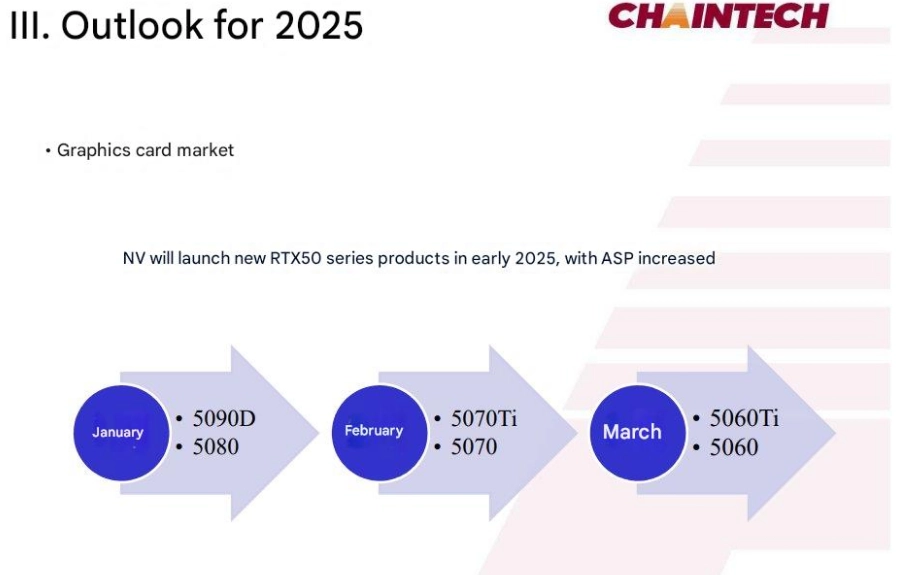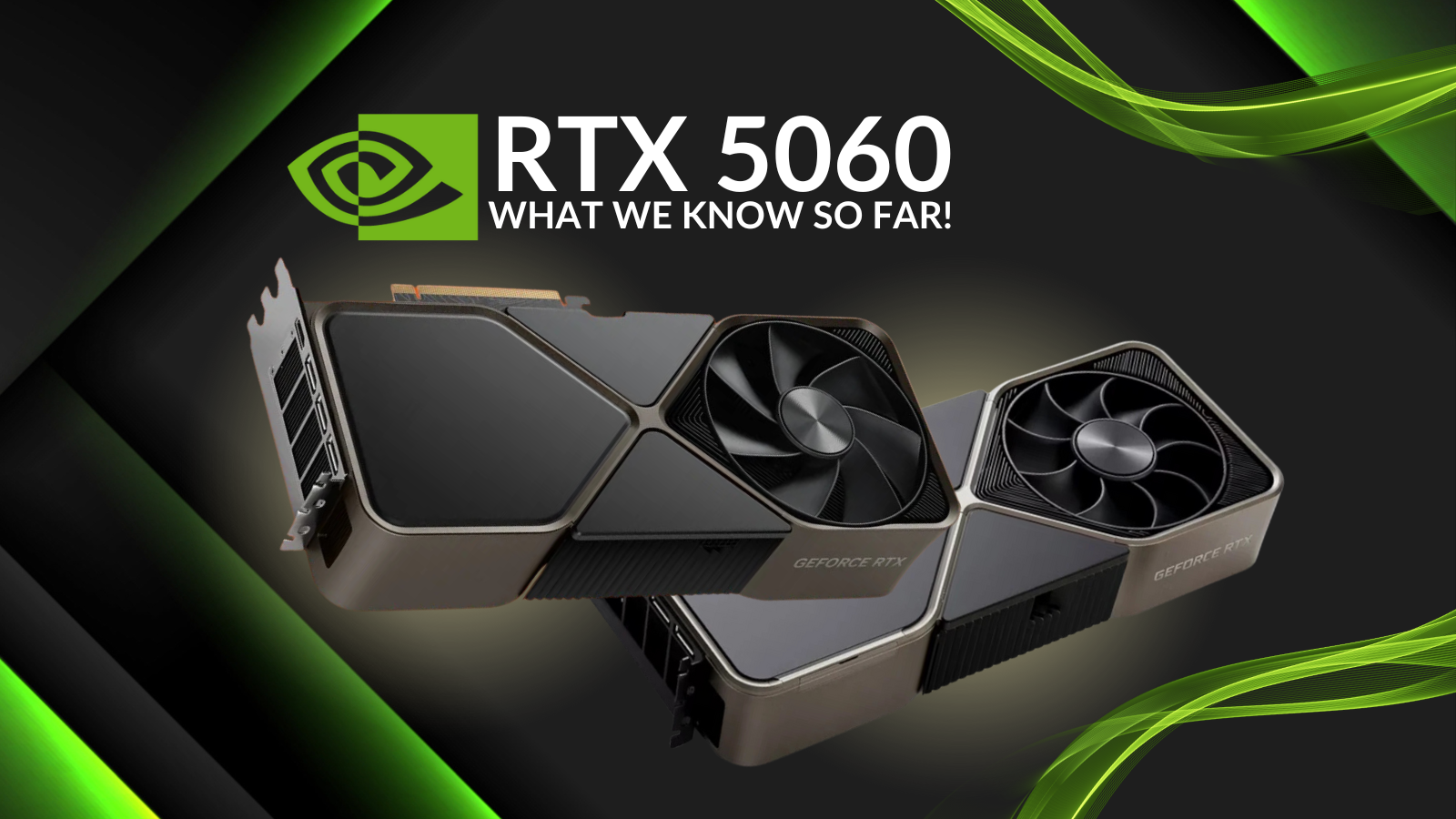A recently leaked internal slide from Taiwanese manufacturer Chaintech has reinforced earlier reports that NVIDIA is preparing to launch the RTX 5060 and RTX 5060 Ti graphics cards in the second quarter of 2025. While the document does not include specifications, previously leaked details suggest that both GPUs will be based on NVIDIA’s GB206 graphics processor and will be available in 8 GB and 16 GB VRAM configurations.
Expected Specifications and Memory Configurations
According to multiple sources, the RTX 5060 and RTX 5060 Ti are expected to feature the GB206 GPU, which belongs to NVIDIA’s upcoming Blackwell architecture. The cards will reportedly use a 128-bit memory interface, similar to their predecessors, but will upgrade to the faster GDDR7 memory standard. This should result in improved memory bandwidth compared to the RTX 4060 and RTX 4060 Ti, which were limited by GDDR6 memory.
However, the decision to include an 8 GB variant could prove controversial, especially in 2025 when games are expected to demand even more VRAM. The RTX 4060 and 4060 Ti faced criticism for their limited memory capacity, and with modern titles pushing the limits of even 12 GB GPUs, an 8 GB option may not be enough for a smooth gaming experience at higher resolutions or with ray-tracing enabled.
The 16 GB model, on the other hand, could offer a more future-proof solution, particularly for gamers and professionals who require additional memory for high-resolution gaming, AI workloads, or content creation. Given the growing VRAM requirements of modern game engines and applications, this configuration may appeal to those looking for better longevity from their purchase.
Performance Expectations and Market Positioning
While exact clock speeds, CUDA core counts, and power consumption figures are still unknown, the RTX 5060 and 5060 Ti are expected to deliver significant performance gains over their predecessors. The Blackwell architecture is rumored to introduce efficiency improvements and better ray-tracing capabilities, which could make these mid-range GPUs more competitive against upcoming AMD RDNA 4 and Intel Arc Battlemage products.
Despite potential performance gains, the RTX 5060 series will need to contend with stiff competition from other manufacturers. Intel’s Arc B580, which reportedly features 12 GB of VRAM, is likely to be a strong competitor, especially if Intel continues to improve its driver support and pricing strategy. AMD is also expected to refresh its Radeon lineup with new mid-range offerings, potentially featuring wider memory buses and larger VRAM capacities.
Pricing and Potential Challenges
Pricing will be a critical factor in the success of the RTX 5060 and 5060 Ti. NVIDIA’s pricing strategy for the previous generation received mixed reactions, particularly with the RTX 4060 Ti 16 GB model, which launched at a high price point and failed to gain widespread adoption. If NVIDIA follows a similar strategy, the 8 GB variant of the RTX 5060 could struggle to compete, especially if priced too close to higher-VRAM alternatives from AMD or Intel.
Another challenge will be availability. The RTX 40 series saw significant supply fluctuations due to production constraints and demand surges. With new manufacturing processes involved in the transition to Blackwell, supply chain factors could play a crucial role in determining how accessible these GPUs will be at launch.
Final Thoughts
With the second quarter of 2025 approaching, an official announcement from NVIDIA is likely in the near future. The RTX 5060 and 5060 Ti will be crucial products in the mid-range segment, targeting gamers who want an upgrade without jumping to high-end flagship models. While leaks have provided an early look at potential specifications, the real test will come when official performance benchmarks and pricing details emerge.
As competition in the GPU market intensifies, NVIDIA’s decisions regarding VRAM, pricing, and feature set will ultimately determine how well the RTX 5060 series performs against AMD and Intel’s alternatives. Until then, enthusiasts will be watching closely for more details on NVIDIA’s next generation of graphics cards.
Source: @wxnod









